Solving Complex Environmental Challenges
Our environmental team operates across British Columbia, Alberta, Saskatchewan, and Ontario. With our comprehensive knowledge of regional environmental protocols and regulations, we guide our clients in navigating each province's regulatory landscape. We serve municipalities, commercial and industrial clients, marine clients, brownfield developers, landfill owners, and more to solve complex environmental challenges affecting their assets.
Our environmental professionals work with our geotechnical and hydrogeological team to optimize efficiency and cost for our clients.
Our environmental team includes Qualified Persons in Environmental Site Assessment (QPESA) in Ontario, and Contaminated Sites Approved Professionals (CSAP) in British Columbia.
Conducting an Environmental Impact Assessment (EIA) at the earliest possible stage of a new development is required to address environmental concerns of an undisturbed site prior to major decision making. The EIA process helps verify that the appropriate techniques and specialists are employed. It is used to suggest appropriate mitigation measures. EIAs are typically conducted before project approval to ensure sustainable and environmentally responsible decision-making.
An Environmental Site Assessment (ESA) gathers information on the historical uses of a site to ascertain if soil or groundwater contamination is present and, if so, the location and concentration of these contaminants. An ESA is usually structured in phases ranging from Phase I (historical research and site reconnaissance) to a Phase II (sampling analyses and contaminant identification) to a Phase III (contaminant delineation). Our services help prospective landowners understand their liabilities before investing in a property and helps current landowners comply with regulatory requirements.
A Preliminary Site Investigation is similar to an Environmental Site Assessment but is specific to British Columbia. The British Columbia Ministry of Environment and Climate Change Strategy requires site investigations when applying for a Certificate of Compliance. A Stage 1 Site Investigation is a desktop historical study that determines if there is a potential for contaminants in the soil, groundwater, or vapour of a property. A Stage 2 Site Investigation determines if the potential contaminants of concern identified in Stage 1 exceed BC CSR standards.
In British Columbia, a Detailed Site Investigation (DSI) builds on the findings of the Preliminary Site Inspection. Once contamination is identified, the DSI identifies the extent of the contamination and develops strategies to manage or remediate it.
In Ontario, a Record of Site Condition (RSC) is a document that provides a comprehensive assessment and record of the environmental condition of a property. It is typically required when there is a change of land use, property transfer, or redevelopment. The RSC documents the environmental condition of the property, including any potential contamination or hazards in compliance with Ontario Ministry of the Environment, Conservation, and Parks regulations. It is often a prerequisite for obtaining regulatory approvals, permits, or financial assistance for redevelopment or property transactions. Thurber’s qualified environmental professionals conduct site investigations to support our clients in obtaining their RSC.
In Alberta, Alberta Environment and Protected Areas (APA) and Alberta Energy Regulator (AER) use the ROC to manage and track the condition of contaminated sites.
Thurber’s environmental teams are knowledgeable in applicable remediation regulations and have extensive experience reviewing environmental files and preparing Record of Site Condition forms for both AEPA and AER to support regulatory compliance for our clients.
A National Classification System for Contaminated Sites (NCSCS) is used to systematically assess and categorize contaminated sites based on their contamination severity and potential risks.
This process allows regulatory authorities to prioritize and fund remediation efforts efficiently, focusing on high-risk sites to safeguard human health and the environment. The
classification also aids in compliance with legal and regulatory requirements for contaminated site management, enabling informed decisions on land use planning and redevelopment, ensuring
sustainable and safe land utilization practices throughout the country.
Risk assessments document the health and environmental risks associated with exposure to environmental contaminants on a site. Our team documents the existing conditions, evaluates potential
risks to the environment, and helps our clients implement strategies to mitigate or manage those risks. If remediation is necessary, Thurber’s environmental engineers and scientists
help our clients develop a plan to remediate, restore, and monitor the site.
Remediation involves containment, removal, or stabilization of contaminants from soil, groundwater, or vapour. If a site is contaminated, remediation is normally required to prevent further
environmental impact. Thurber will establish remediation goals based on regulatory requirements and the environmental risk assessment. We then develop a remediation strategy and oversee the
execution and monitoring of the remediation to ensure it complies with protocols and remediation objectives.
When a site is known to have contaminants or has been recently remediated, Thurber’s long term monitoring services assess and evaluate the site’s environmental conditions over an
extended period. We collect and analyse soils, groundwater, surface water, air, and vegetation to track changes in contamination levels and assess the effectiveness of remediation measures.
The objectives of long-term monitoring are to ensure that human and environmental health is not at risk and identify any potential risks or emerging issues. Thurber has been providing
long-term monitoring for specific sites for upwards of 30 years.
When a site has been used for industrial or infrastructure purposes and has reached the end of its operational life, the area needs to be decommissioned. Thurber helps plan decommissioning
activities to ensure the site is safely taken out of service while minimizing the risks to human health, safety, and the environment. Once decommissioned, Thurber supports restoration of the
site to its original or equivalent land capability. This includes removing contaminants, restoring natural topography, improving soil quality, and establishing appropriate vegetation.
Groundwater serves as a vital source of drinking water for much of Canada. When pollutants infiltrate the soil, they can reach the water table and contaminate our groundwater. Thurber helps
assess the migration and degradation of pollutants using 2D and 3D numerical and analytical modelling software. We use these models to support remediation or risk management planning, and
develop conceptual models to manage contaminated sites.
The legacy of past production and mishandling of solid and liquid wastes is a major public concern in many communities across Canada. Stricter and wider-reaching environmental regulations can
impose responsibilities and liabilities on government, businesses, and industries who have inherited contaminated sites. Thurber helps our clients design, implement, and report on their
compliance monitoring requirements in accordance with the local regulatory framework. Our team acts as a liaison between our client and the regulator. We support our clients in identifying
potential issues and offering proactive mitigation solutions.
Construction projects can impact the environment. We help our clients ensure that construction activities adhere to relevant environmental regulations, permits and best practices. We have an
in-depth understanding of the local, regional, and federal regulations for construction projects, and can help with erosion and sediment control, soil management and relocation, stormwater
management, and groundwater monitoring. We provide site assessments, environmental protection plans, monitoring and reporting, and mitigation measures. We also support our geotechnical teams
with environmental protection plans for drilling activities.
Management of materials excavated during construction projects has become an increasingly important issue across Canada. In both British Columbia and Ontario, strict regulations now govern
the management and relocation of excavated soils. To successfully navigate this complex process, clients rely on the expertise of a seasoned consultant. At Thurber, our team of proficient
engineers and scientists possess the necessary knowledge and qualifications to guide our clients through every step of their geotechnical and infrastructure projects. We help with:
- Assessment of past uses of the project area
- Sampling and Analysis Plans
- Soil Characterization Reports
- Excess Soil Destination Assessment Reports
- Soil Management Plans
- Characterizing soil quality and assessing geotechnical properties of soil to identify on-site and off-site reuse options
- Delineating contaminated soils and different soil types within a project area
- As Qualified Persons (QPs) in Ontario, we interpret legislation and provide practical guidance on how to meet the requirements
Most British Columbia and Ontario municipalities have an Erosion and Sediment Control (ESC) requirement as part of their building permit application or as a requirement for soil removal permits for construction sites. Each municipality has different ESC requirements and bylaws that need to be adhered to. The goal is to ensure construction site pollutants do not into enter into a given community’s storm sewer system.
Our ESC services include developing ESC design plans, conducting on-site ESC monitoring, and reporting in accordance with municipality’s bylaw requirements. ESC plans are designed to manage soil and water from leaving construction sites and implement mitigation measures to prevent run off into the storm sewers and receiving water bodies outside of the site. Our qualified personnel routinely monitor ESC measures on site to confirm a contractor’s compliance with the plan and regularly complete water quality testing in accordance with the ESC plan. The frequency of monitoring depends on the project scale and the relevant municipality; however it always includes a regular monitoring interval (e.g. weekly, monthly) as well as an as-needed element after a significant rainfall.
We offer certified erosion sediment control leads (CESCL) or inspectors (CESCL) who are supported by the larger environmental and geotechnical groups.
Buildings built before the 1990s are susceptible to hazardous materials including asbestos, lead paint, and polychlorinated biphenyls. Our environmental services team supports building owners in sampling and inspecting building materials and assessing the presence of hazards. If hazards are present, we help our clients find abatement contractors and help tender the abatement projects.
Occupants of office buildings are frequently unaware of how their health and productivity may be affected by airborne contaminants. Improper design or operation of the ventilation system can result in elevated levels of air contaminants. Thurber has qualified professionals and modern analytical instrumentation to quantify air quality parameters as well as the expertise to develop cost effective corrective actions.
Radon is one of the leading causes of lung cancer in Canada. The properties of radon (colorless, odorless, tasteless) make it easy to dismiss, despite its status as a known carcinogen. Thurber has Canadian National Radon Proficiency Program (C-NRPP) certified professionals available to carry out radon measurement programs, consult on mitigation measures, and provide construction monitoring for mitigation system rough-ins for new construction.
Metal leaching/acid rock drainage (ML/ARD) is a naturally occurring environmental issue that can be made significantly worse when susceptible rock is disturbed by excavation, blasting or
crushing etc. Disturbance can expose sulfide and other minerals in the rock to moisture and oxygen initiating oxidation (i.e. rusting), potentially resulting in the generation of sulfuric
acid and the release of high concentrations of sulfate and dissolved metals. ML/ARD is a significant environmental issue as it can runoff into nearby watercourses injuring or killing aquatic
life, including fish and vegetation.
ML/ARD assessment is mandated for infrastructure projects in British Columbia, including road, highway, pipeline and land development projects, and for the quarries that supply these projects with crushed bedrock material.
Thurber offers a range of ML/ARD assessment services including the implementation of ML/ARD assessment programs conforming to the requirements of BC MoTI Technical Circular T-04/13, geological survey and bedrock geology mapping and the interpretation of both static and kinetic data. Thurber has also developed a rapid non-destructive testing methodology that can be employed on a range of projects. The methodology uses portable X-Ray fluorescence meters (pXRF) to detect and measure elemental compositions in minutes. Use of this rapid assessment methodology allows for quick decision making on larger construction projects, thereby saving time and money.
If ML/ARD or ML/ARD-prone rock is found, we can provide detailed management plans and/or mitigation designs.
When needed, we provide pre-construction (baseline), construction or post-construction phase environmental monitoring for ML/ARD, including the assessment of surface or groundwater quality, to track mitigation effectiveness.
A hydrogeological investigation is a comprehensive scientific study that focuses on assessing the distribution, movement, and properties of groundwater within a particular geological setting.
The investigation typically involves the collection and analysis of hydrogeological data, geological surveys, and the use of specialized tools to understand the aquifer's characteristics,
recharge mechanisms, and flow patterns. This process helps to determine the sustainable yield of groundwater resources, potential sources of contamination, and the feasibility of groundwater
extraction projects, ultimately aiding in sound water resource management and environmental protection decisions.

We use specialized, in-house built instrumentation tools to monitor ground conditions, groundwater levels, and water quality. We work with clients everywhere from urban environments to remote, hard-to-access sites to verify that sensitive environments are protected. Our environmental instrumentation services include:
- Field pumping systems for contaminated groundwater
- Monitoring flow rates, storage tank volumes, groundwater characterization sensors
- Vapor extraction pumps (pictured above)
- Weather stations


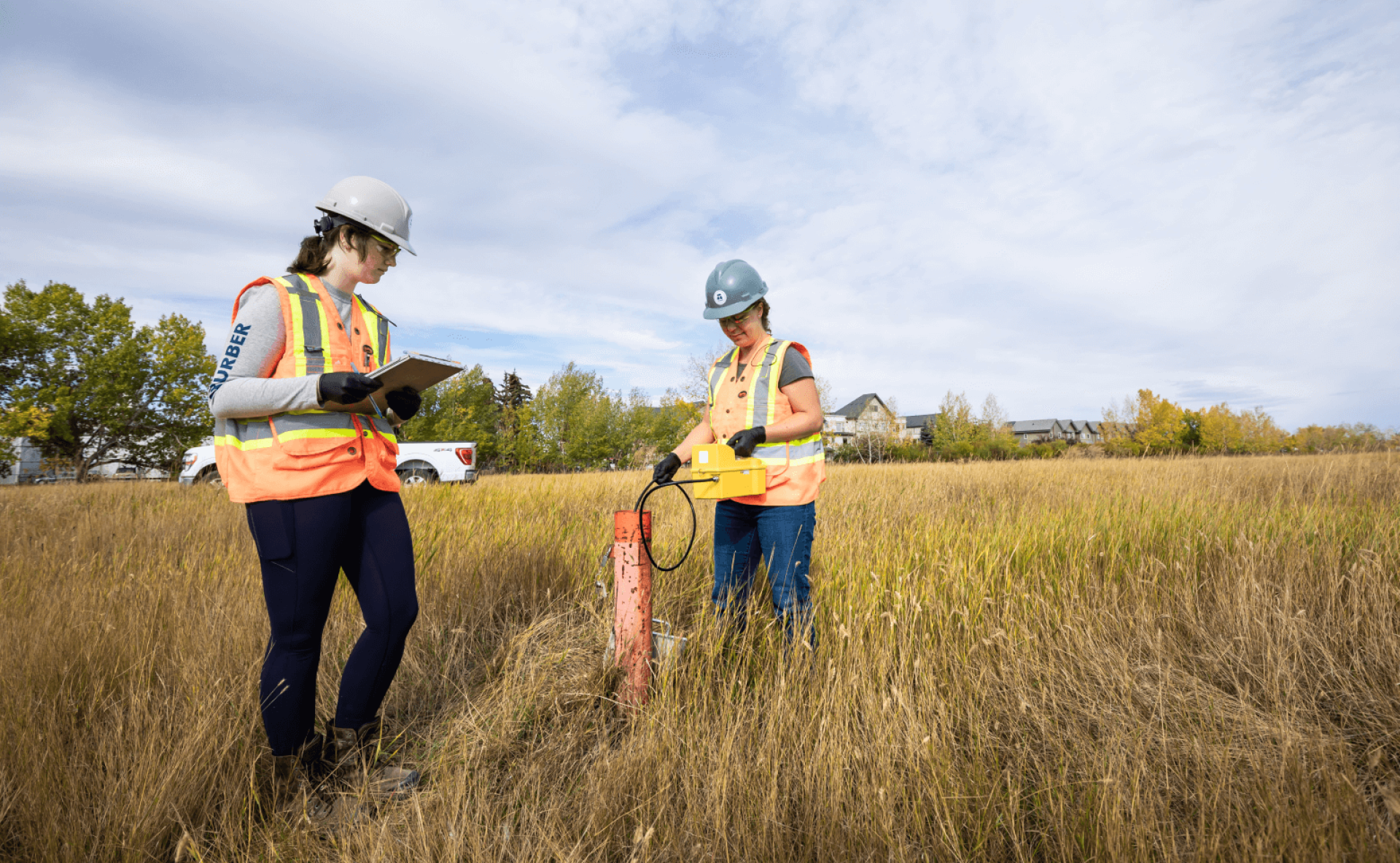
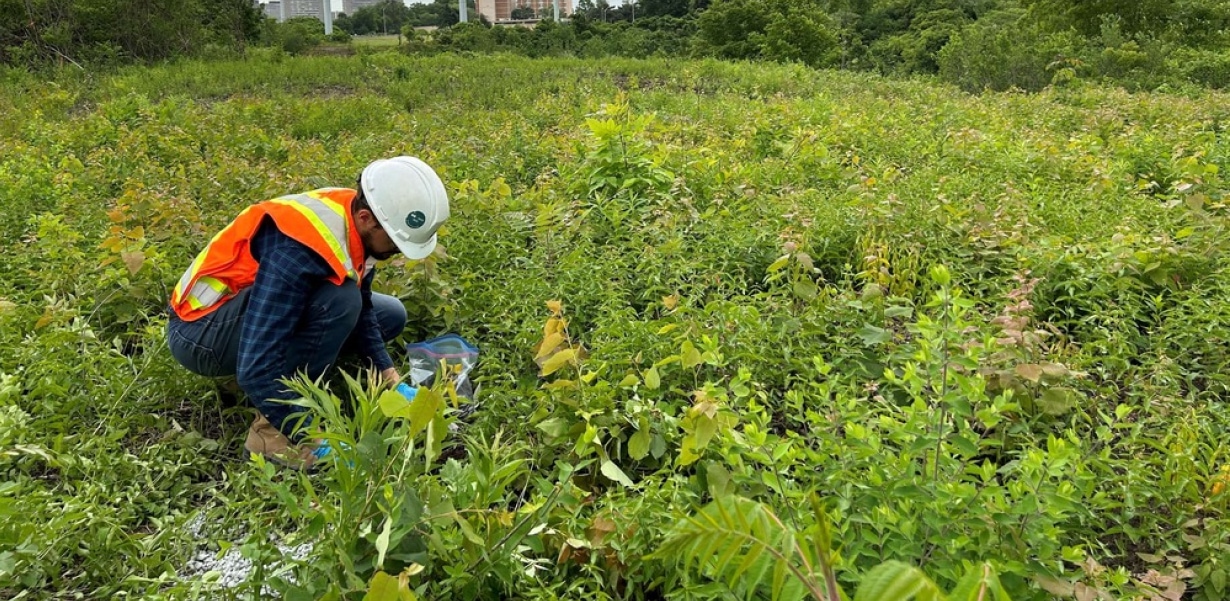
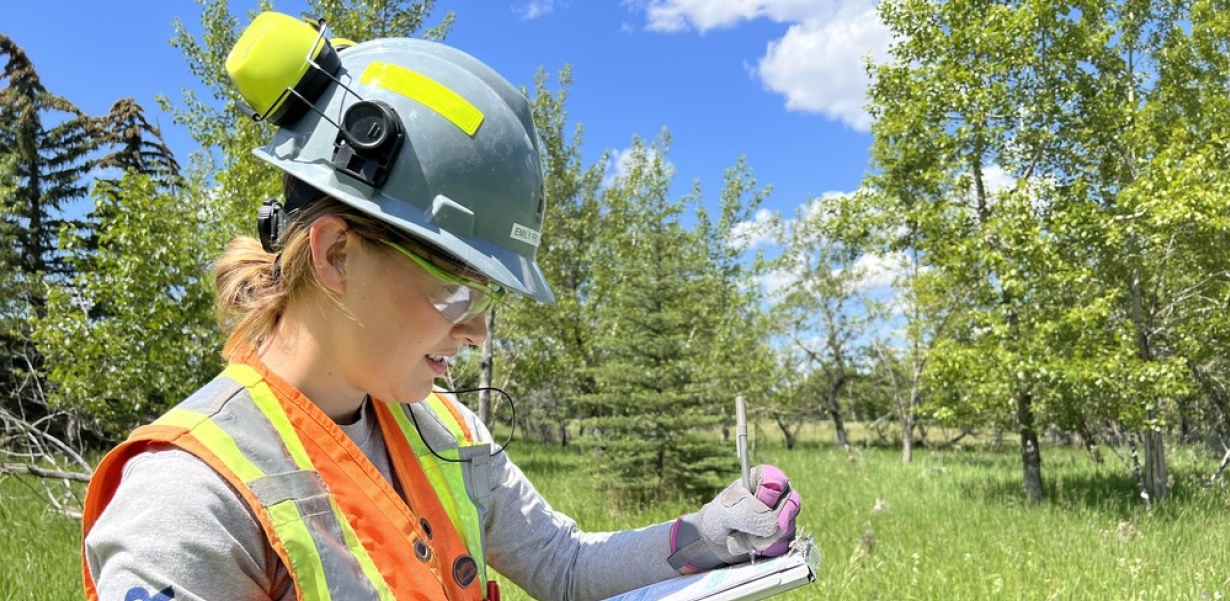
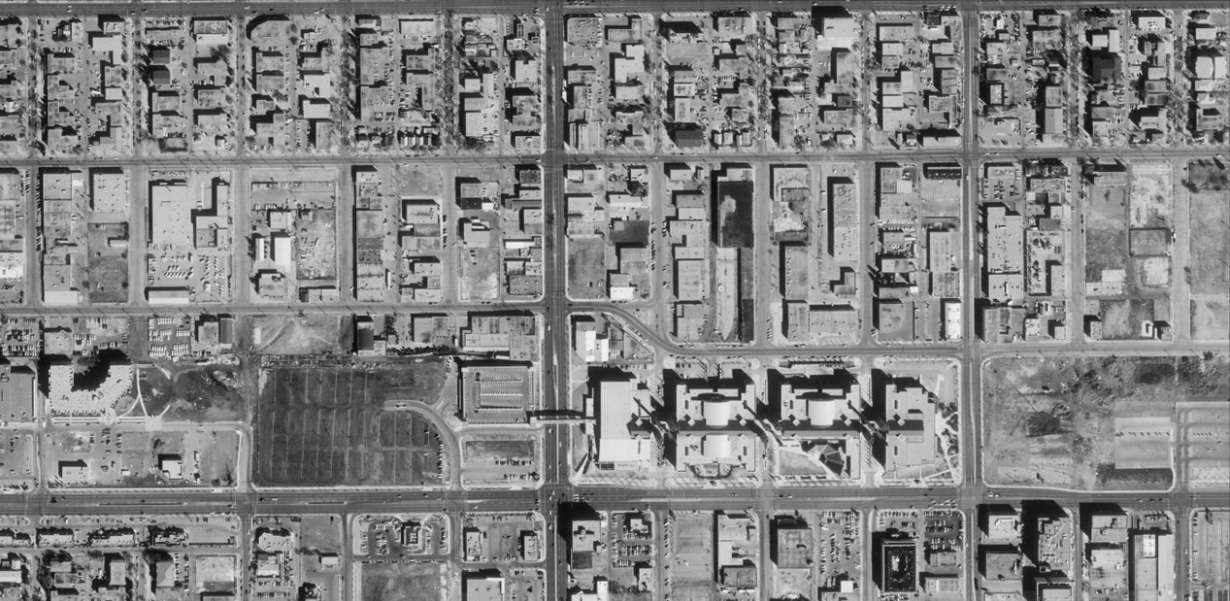
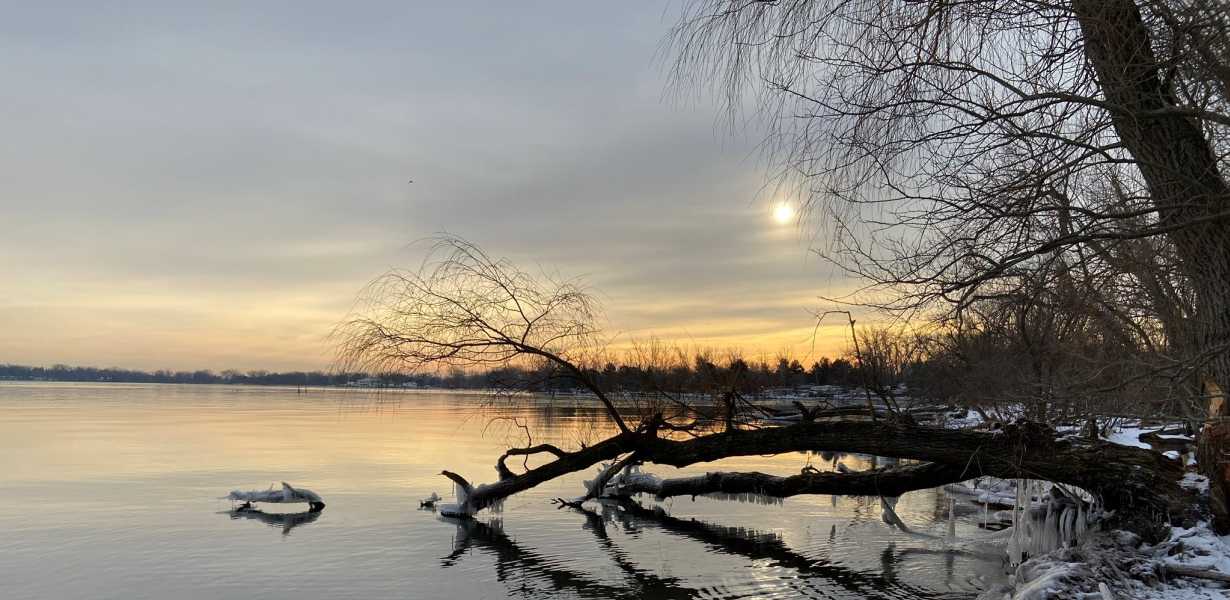
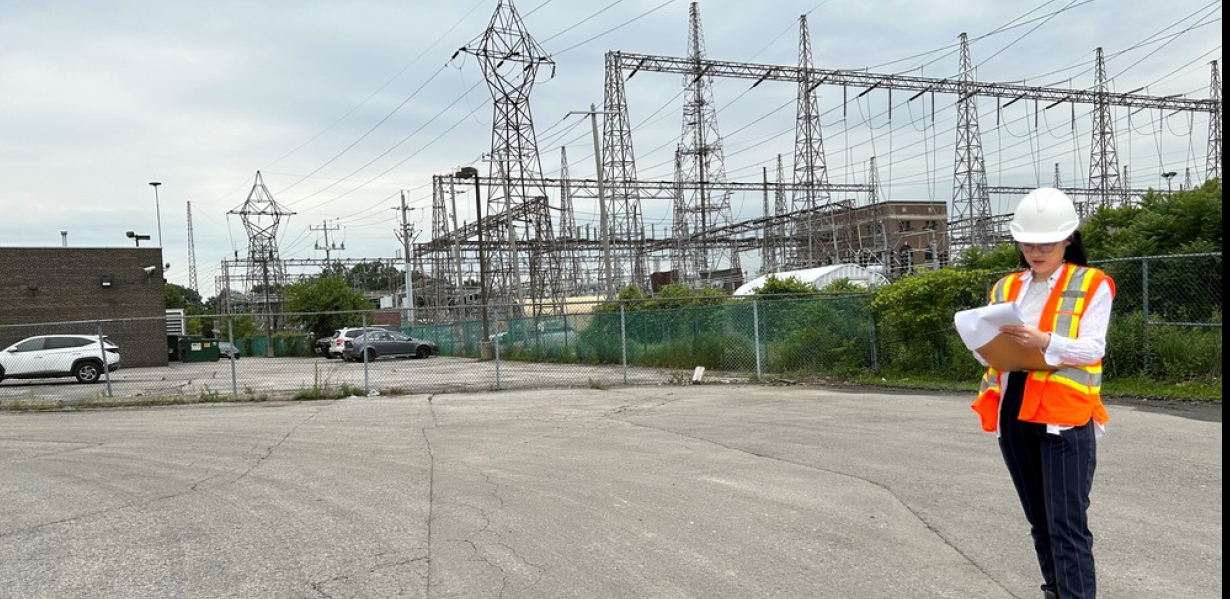
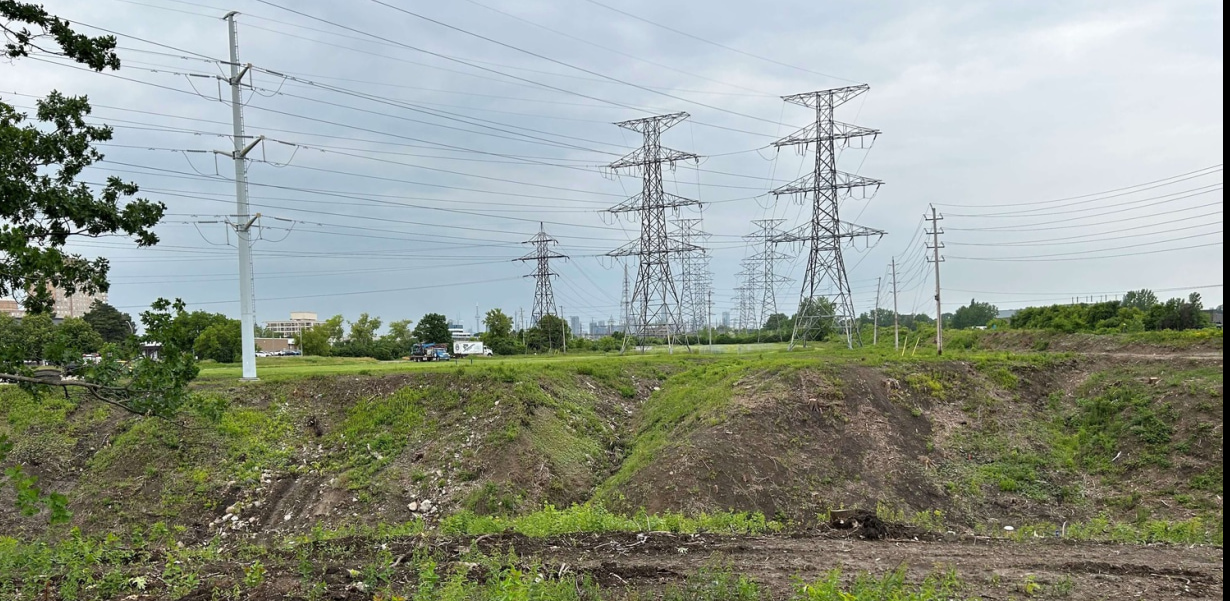
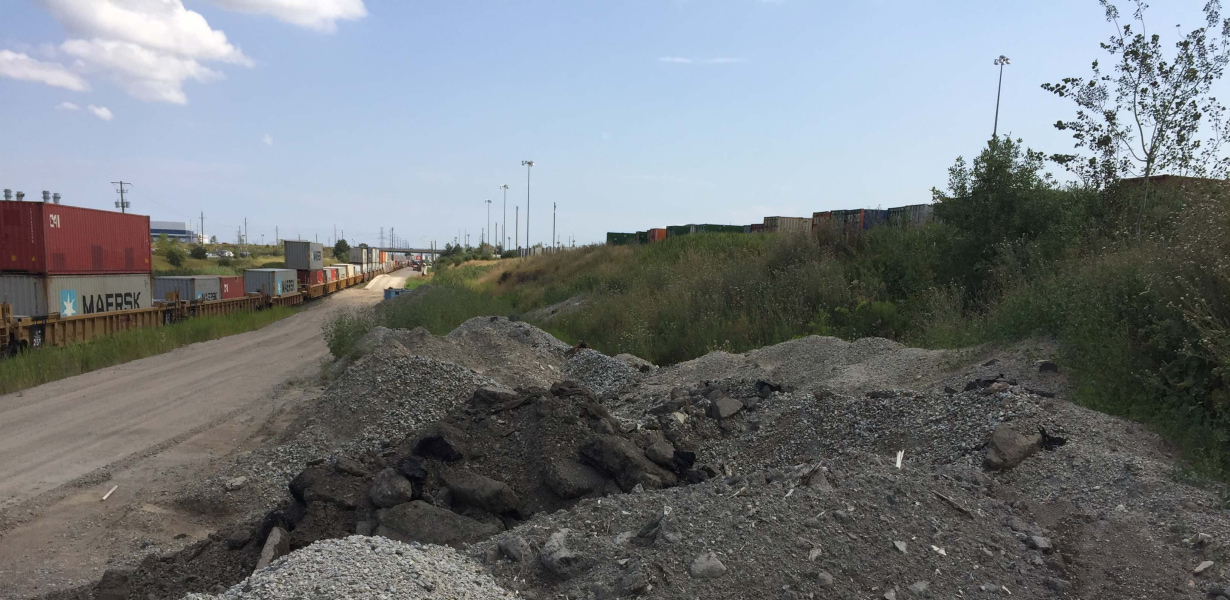
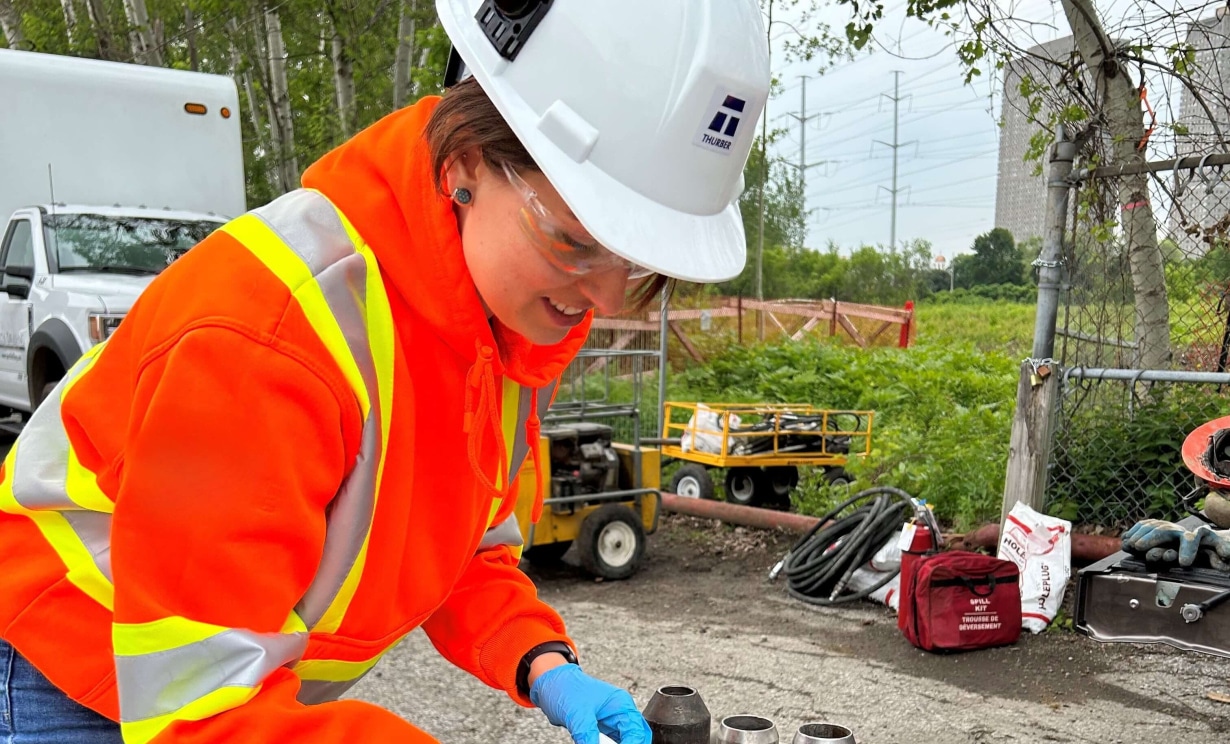
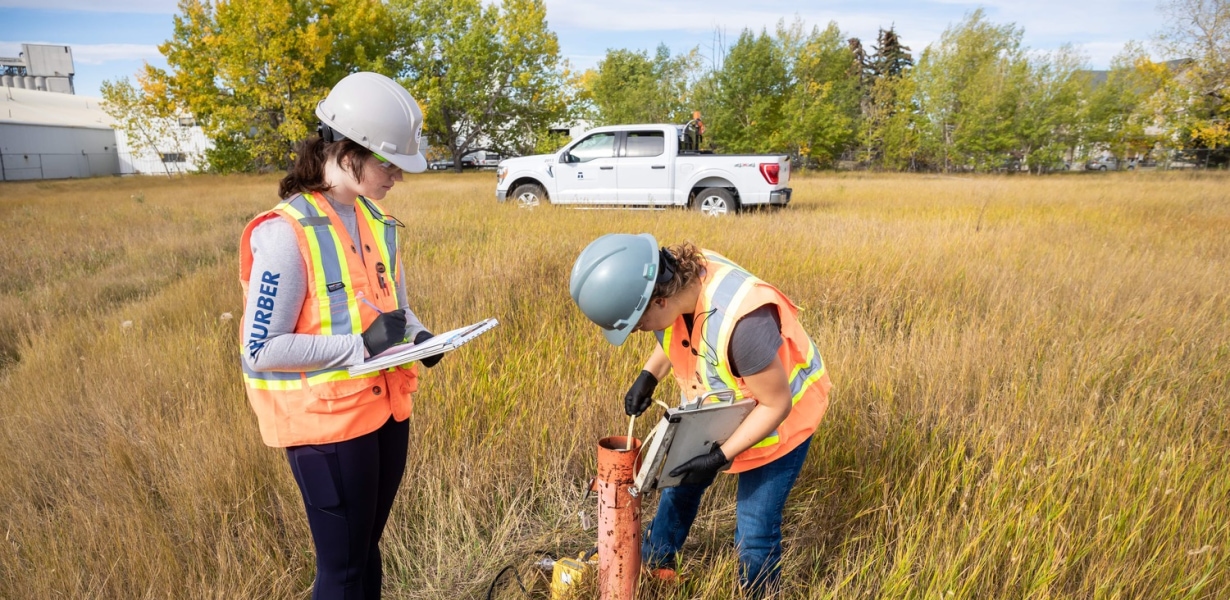
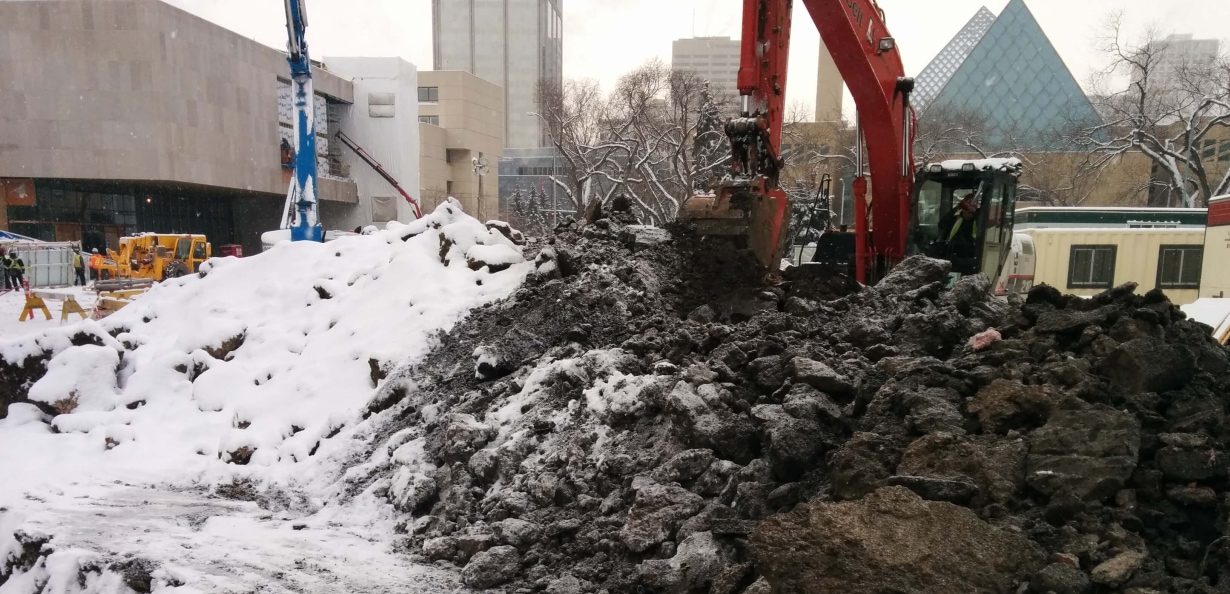
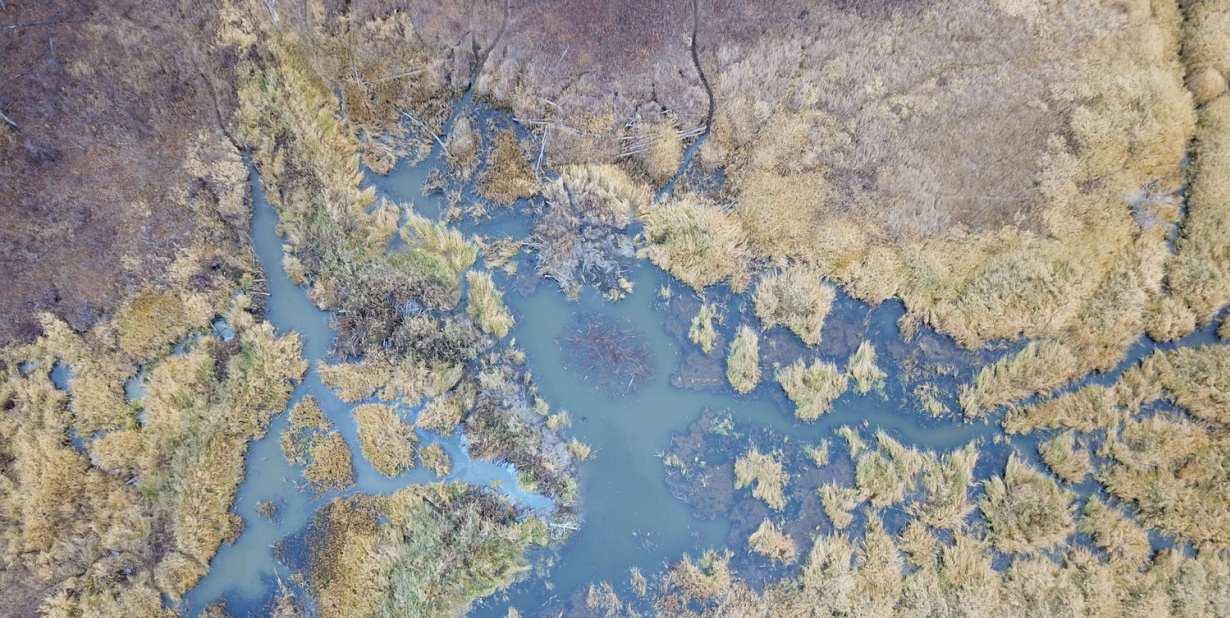
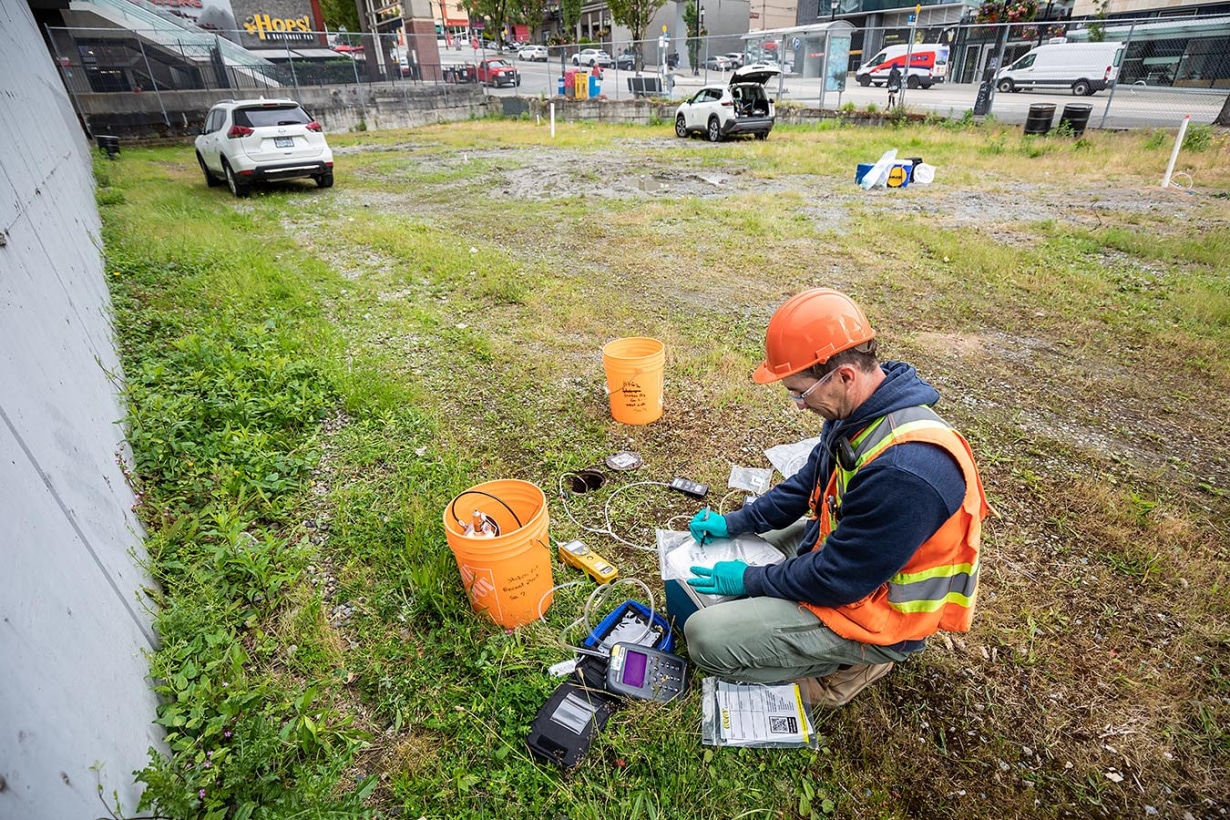
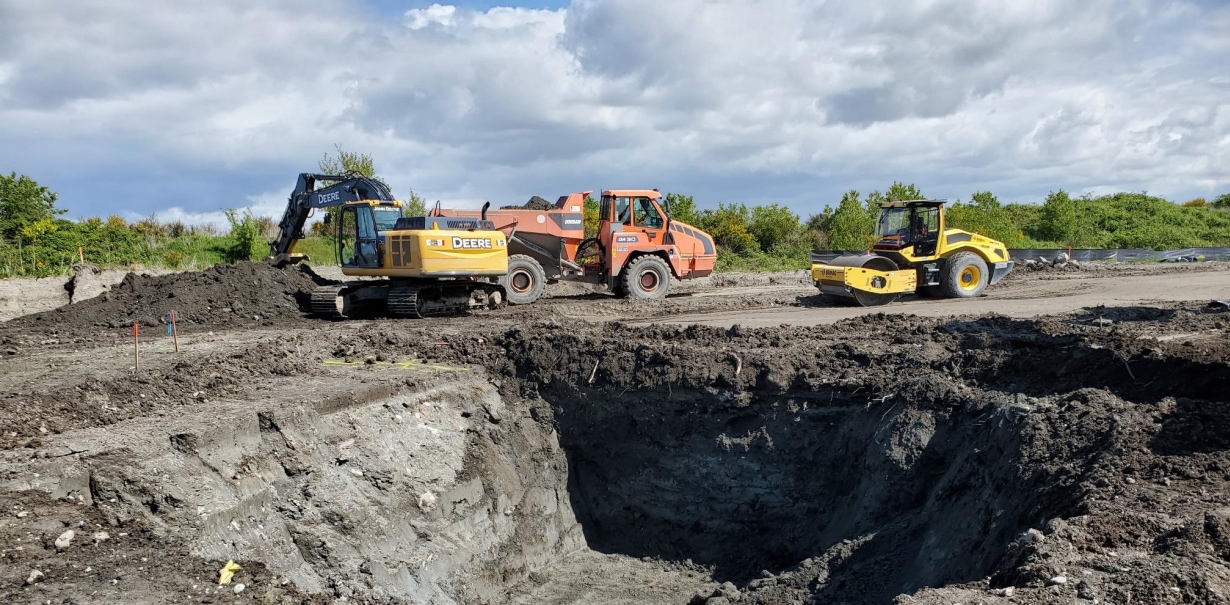
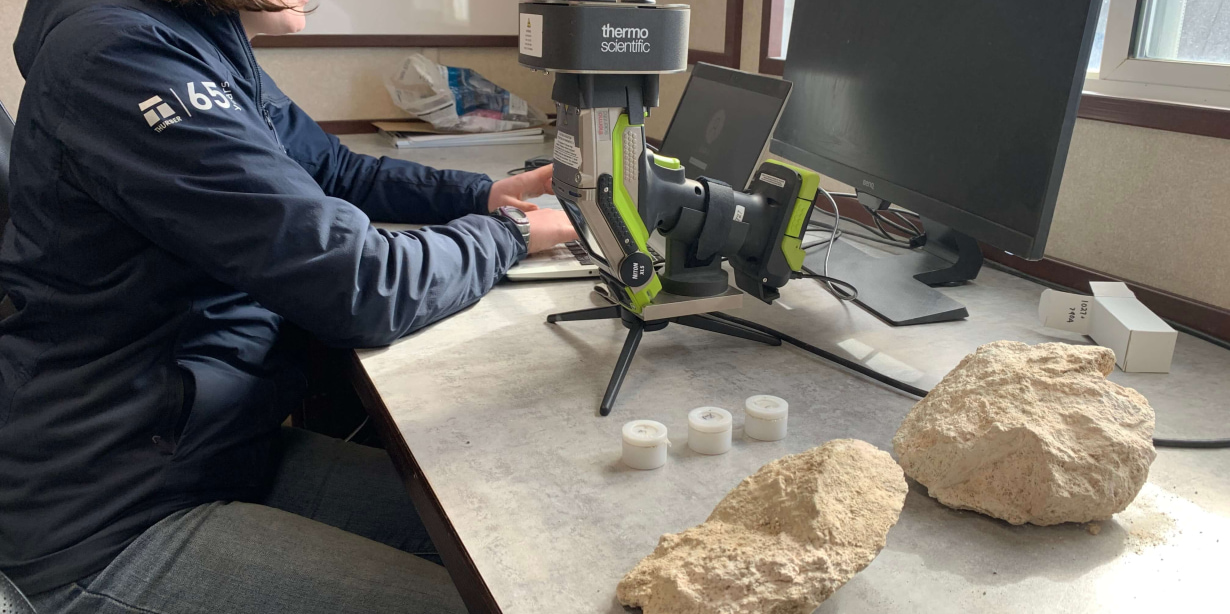
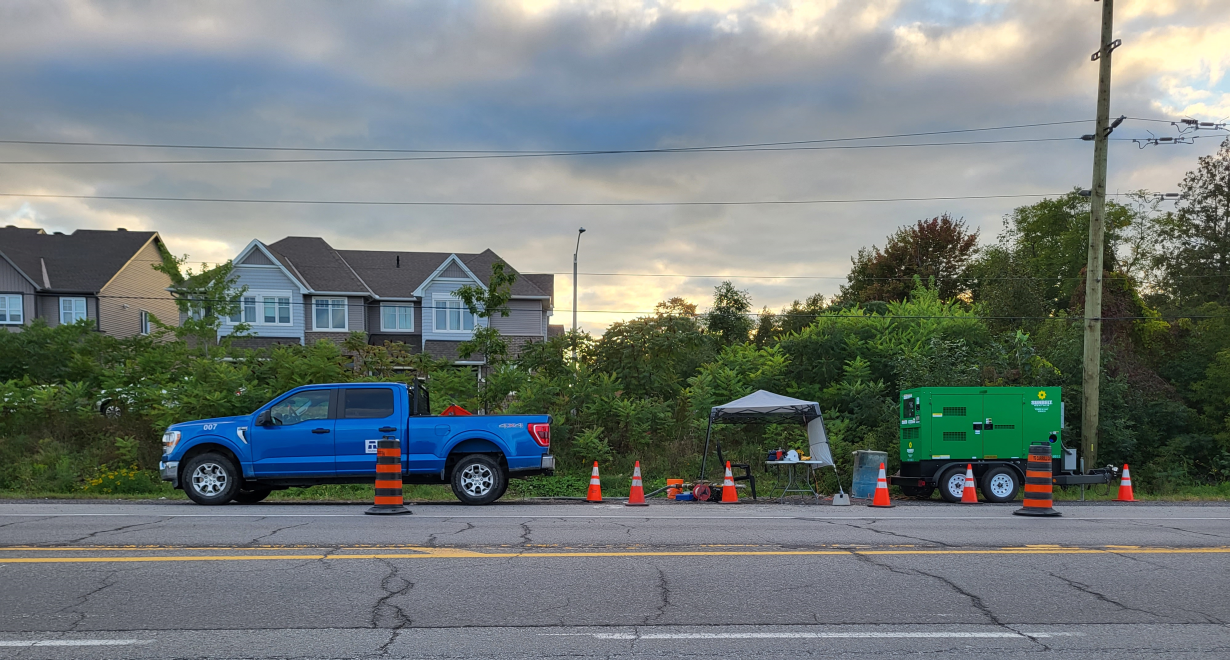
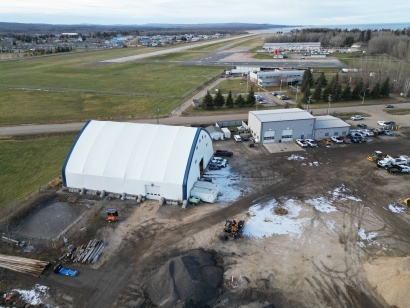
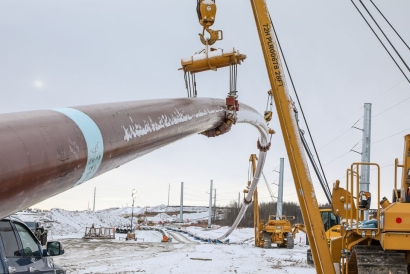
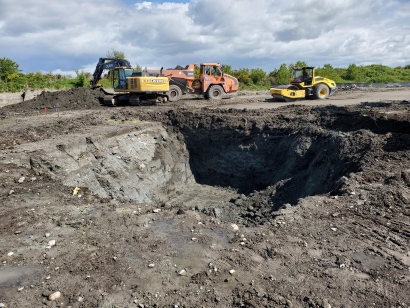
-8.jpg?resize=410x0)
_(1).jpg?resize=410x0)
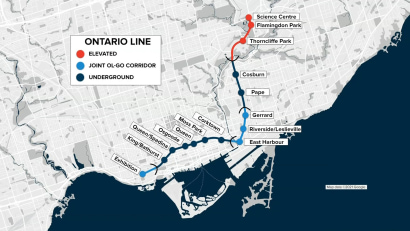
_(1).jpg?resize=410x0)
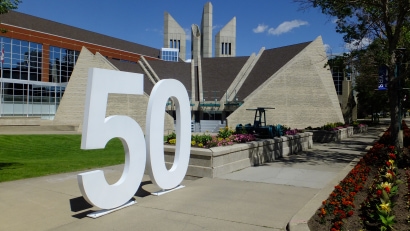
_(1).jpg?resize=410x0)